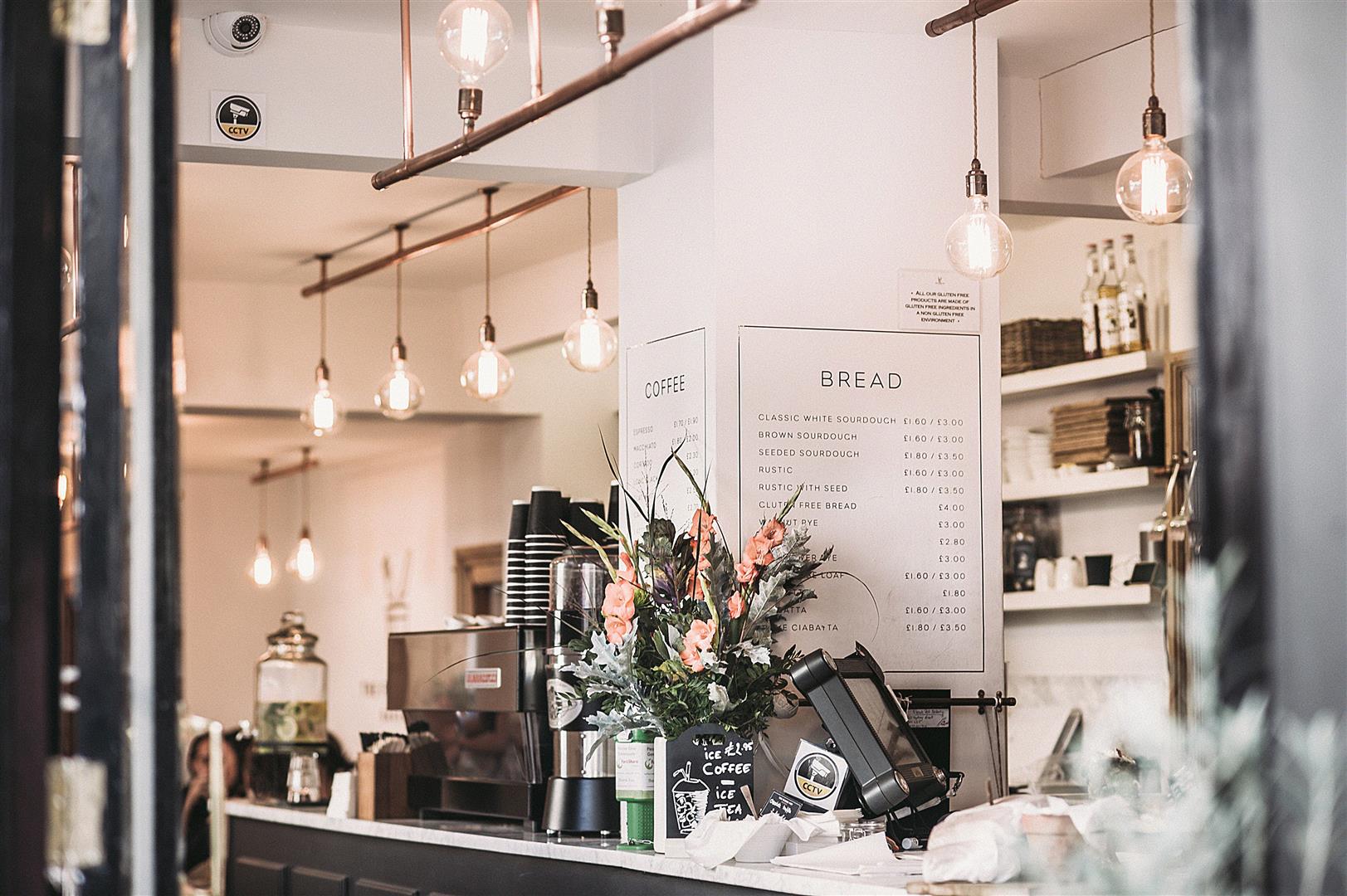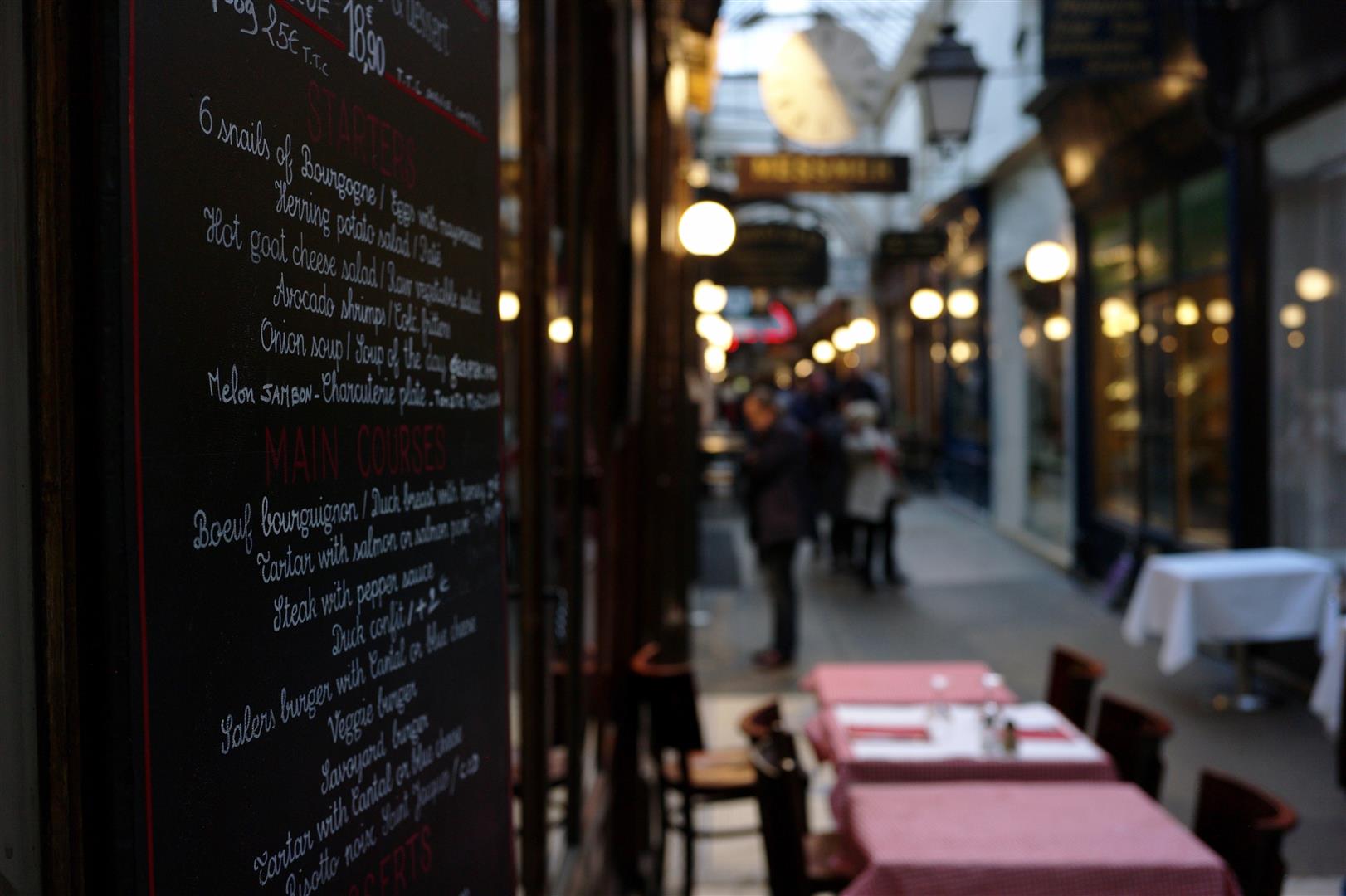-
Locations
Campuses in Europe & Middle EastCampuses in The AmericasCampuses in AsiaLe Cordon Bleu International
- Online Learning
Contact your local representative - Our Story
- Programmes
- Brochures
- News & Events
- Contact
- Find Course

Restaurant managers need to understand effective menu design in order to drive profits. A strong menu design requires accessibility, creativity, variety, and mindful costing.
Most Australians feel that restaurant menus are more confusing than is necessary, according to research by Open for Business. 40 per cent of diners have felt too embarrassed to ask a staff member for an explanation of menu items.
Australian diners may be unfamiliar with foreign words used in French cuisine such as "mirepoix" or North African "shakshuka". Although commonly used by food bloggers and hospitality workers, some diners may not know their meaning.
When writing your menu, never assume your diners understand 'chef-speak'. While it's expected to call a dish by its traditional name, any foreign or obscure terminology should be clearly explained in the menu description.
Providing a range of options on the menu means you increase the likelihood of customers finding a dish to suit their taste. By appealing to a broader audience, you improve the odds of customer satisfaction.
There is a danger, however, in adding too much variety to your menu. American psychologist Barry Schwartz describes this as the "paradox of choice". When presented with too many options, consumers can feel they have experienced 'missed opportunities', affecting their level of satisfaction.
Diversification should be taken into account in menu budgeting - too many different ingredients and dishes may cause financial strain due to the sheer value of product and labour required.
Finding a perfect balance between creativity and cost efficiency in your menu design is just one of the many skills you'll learn at Le Cordon Bleu Australia.

Setting prices for your menu can be a balancing act between staying profitable and offering competitive prices for potential customers.
After covering the base costs of ingredients for each dish, you'll need to increase that amount to cover expenses such as rent and wages, as well as to turn a profit. A 300 per cent increase on the base cost of a dish is a good starting point. From there, prices should be adjusted up or down to compete within the market.
Prices should be set both with respect to the cost of the dish itself and other dishes on the menu. If the majority of your dishes are within the $10-$20 bracket, common sense suggests that charging more than $20 would be pricing yourself out of your own market.
Certain items could be charged at a premium, such as coffee or wine. Because the profit margins are so high on these products, you may be able to afford offering unique dishes for less, provided premium product sales are high.
If the challenge of designing the perfect menu appeals to you, apply to study at Le Cordon Bleu Australia. Our restaurant management qualifications will teach you how to establish and maintain a profitable business.
Copyright © 2026 Le Cordon Bleu International B.V. All Rights Reserved.